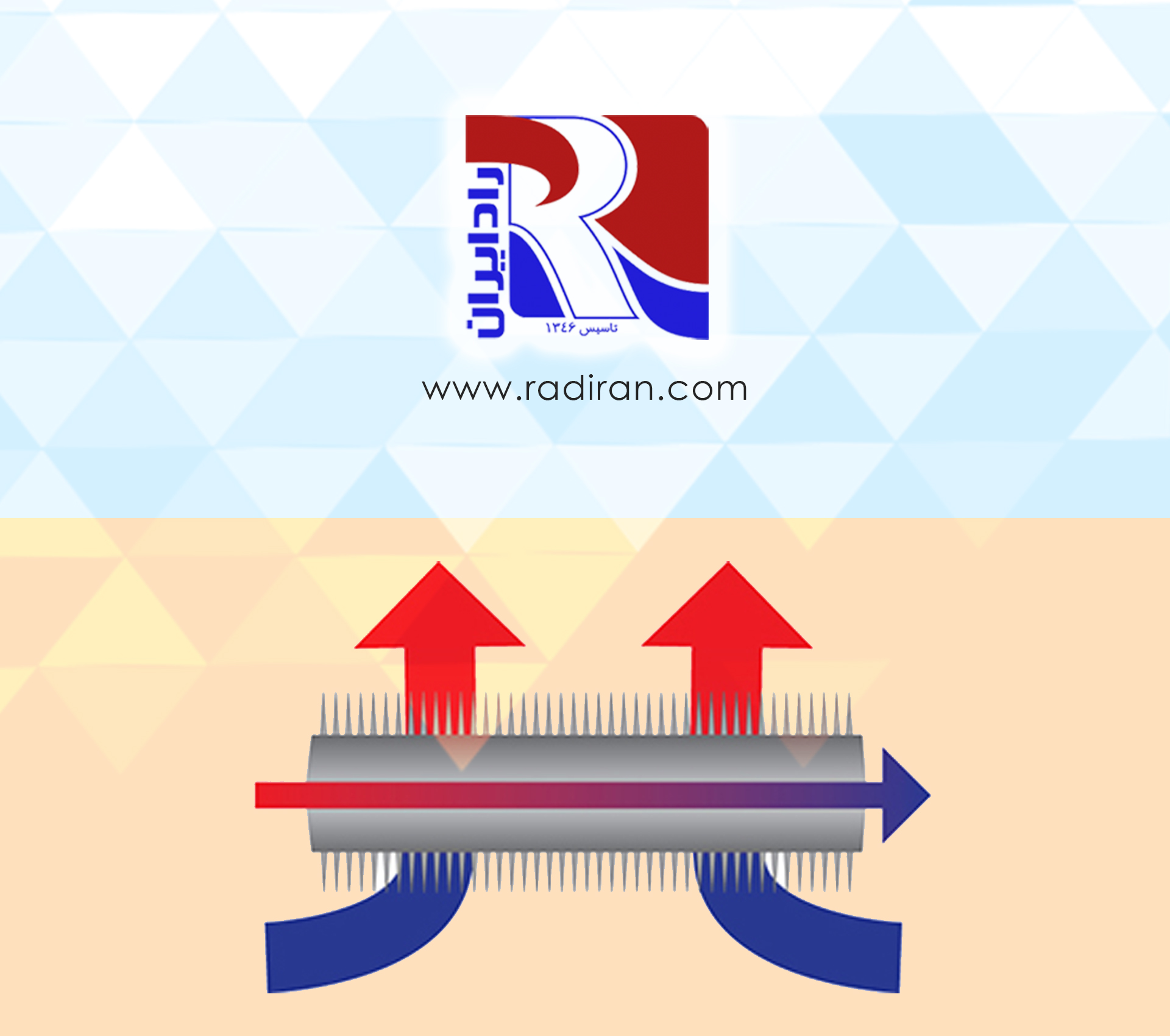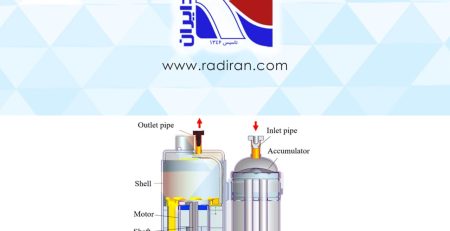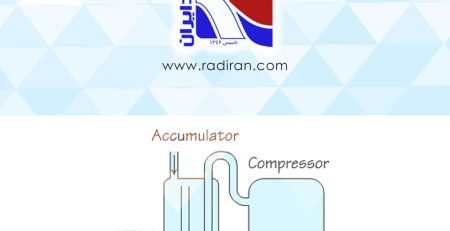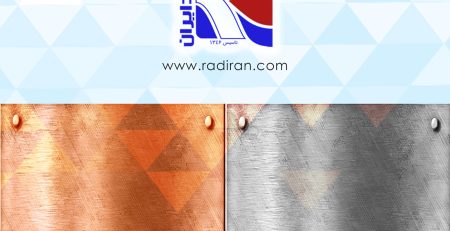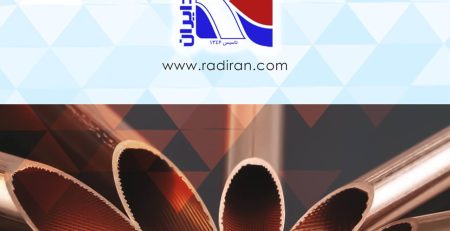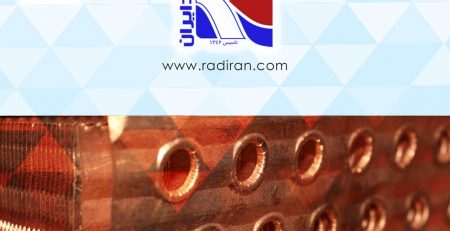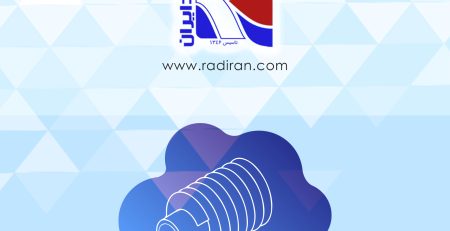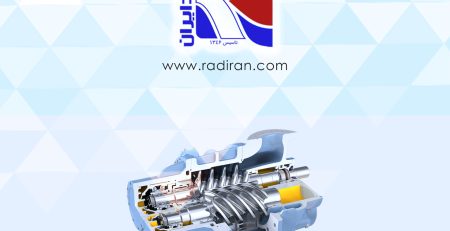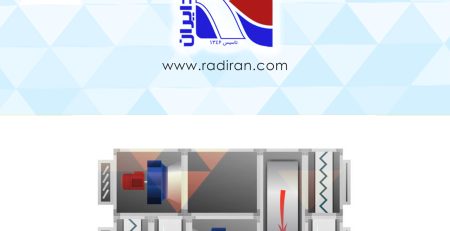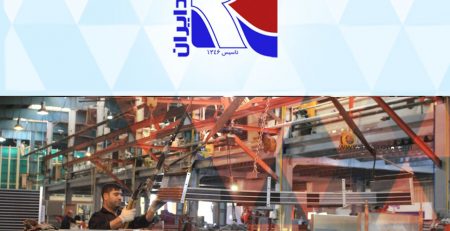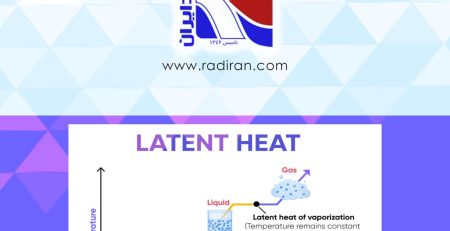Efficiency and Capacity of Coils – Part two
1. Introduction
A brief introduction about the impact of system changes on coil performance and the importance of adjusting operational conditions.
2. System Changes Affecting the Inefficiency of Coils
• The impact of temperature and fluid and air volume on coil performance.
• The following aspects are specifically mentioned:
• Fluid Temperature:
o If the temperature is higher or lower than the specified amount, the coil’s performance is disrupted.
• Air Temperature:
o Similarly, if the incoming air temperature is not suitable, it negatively affects coil efficiency.
• Fluid Volume:
o Changes in the volume of incoming fluid can lead to inefficiency.
• Air Volume:
o A mismatch between the volume of incoming air and the designed amount.
3. Important Points
• It is noted that in each of the mentioned cases, the actual performance conditions differ from the coil design, which can negatively affect process inefficiency.
4. Changes in Fluid Temperature
• An explanation of the impact of temperature changes on heat transfer.
• Example:
• A coil designed to heat air from 95°F (35°C) to 350°F (177°C) with a thermal fluid temperature of 400°F (204°C).
• If the actual fluid temperature is 380°F (193°C), heat transfer may decrease by up to 15%.
5. Factors Affecting Performance Reduction
• The impacts of improper insulation and the use of incorrect valves on fluid temperature and, consequently, on coil performance.
1. Fluid Volume Deficiency
• Impact on Heat Transfer:
• A deficiency in fluid volume can create problems in heat transfer.
• Pump Performance:
• Pumps are sized to produce a volume of fluid against a specified maximum resistance.
• If the resistance exceeds the allowable limit, the pump transfers a smaller volume of fluid, resulting in reduced heat transfer rate in the coil.
2. Changes in Air Volume
• Indications of High Resistance:
• If the air flow rate does not meet the specified amount, this indicates a high resistance within the system.
• High resistance may result from design issues or dirt and blockage on the air side of the coil.
3. Coil Dirtiness and Its Effects
• Efficiency Reduction:
• Dirt and fouling on the air side of the coil cause a slight initial drop in efficiency.
• If the accumulation of dirt continues, efficiency may decrease by up to half.
• Role of Contaminants:
• Contaminants, dust, and deposits act like insulation and reduce heat transfer.
• This condition may lead to a reduction in efficiency of 5 to 10 percent, and with severe dirtiness, the drop may reach 20 to 25 percent.
4. Problems Caused by Foreign Materials
• Effects on Air Flow:
• The presence of foreign materials negatively impacts air flow, obstructing the movement of air from the inlet to the outlet.
• Coil Design:
• The coil is designed in such a way that the space between the fins and around the tubes is limited to maximize contact area with primary and secondary surfaces.
• This design can create obstacles for airflow during coil dirtiness, ultimately leading to reduced air flow.

